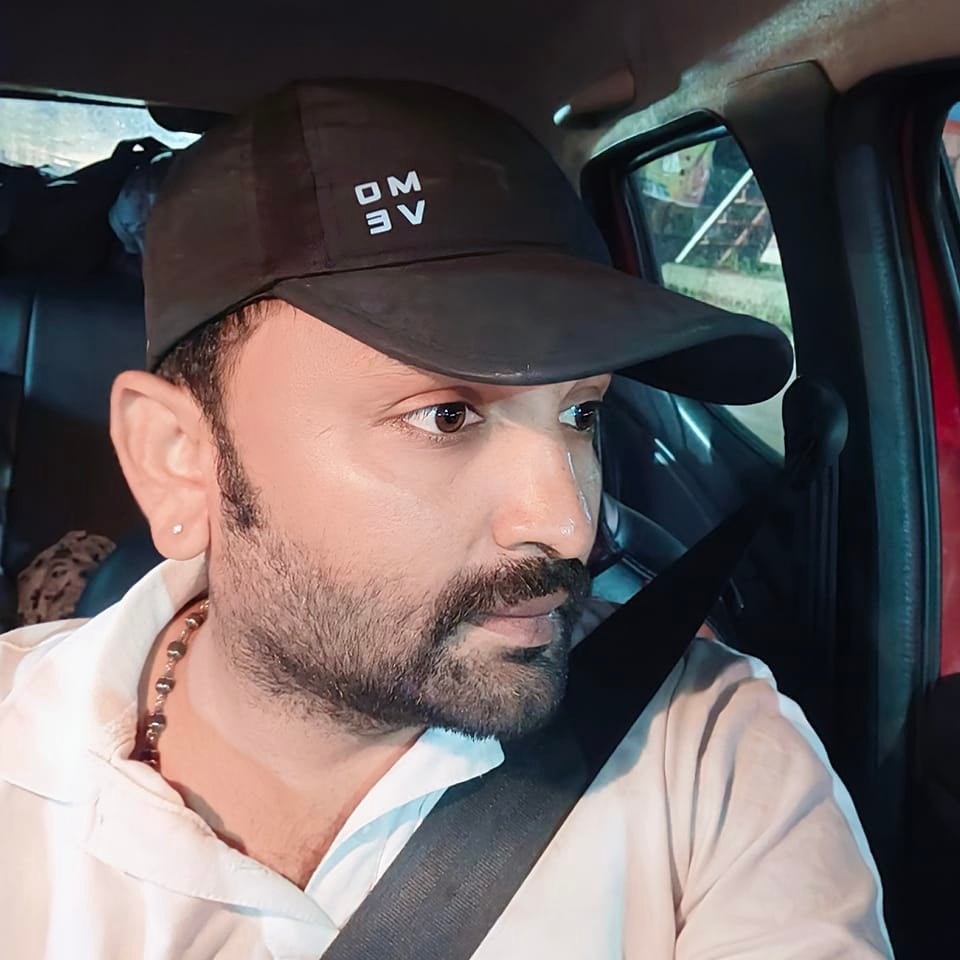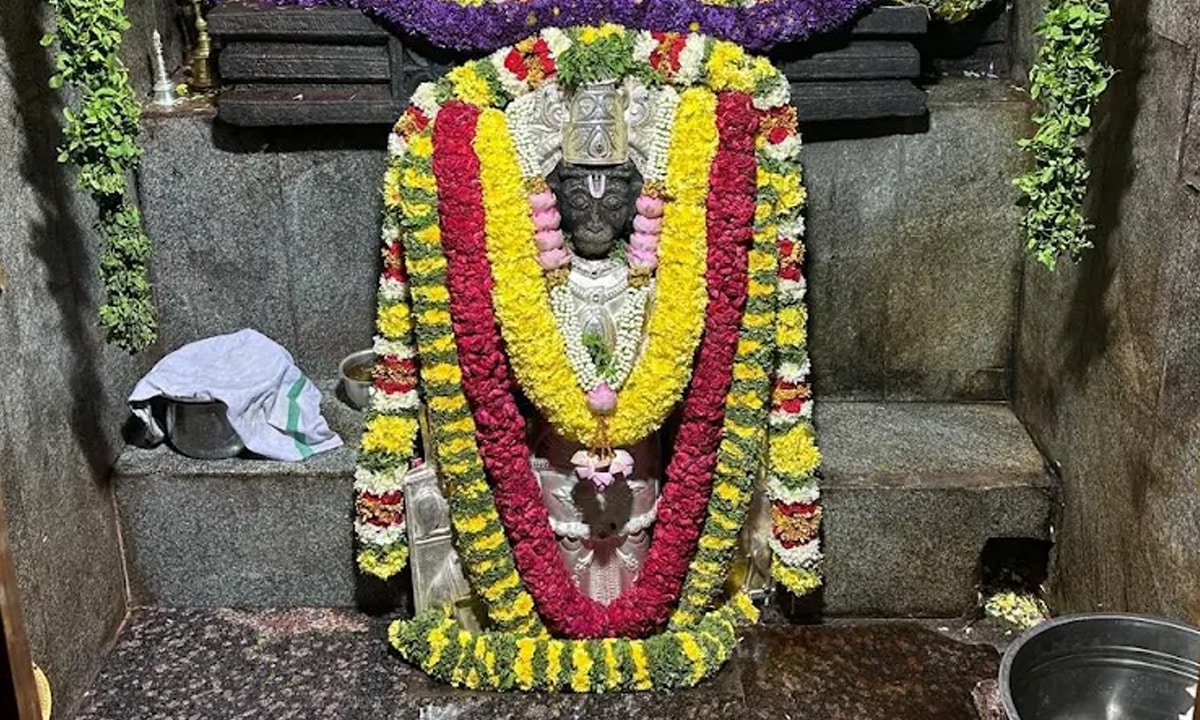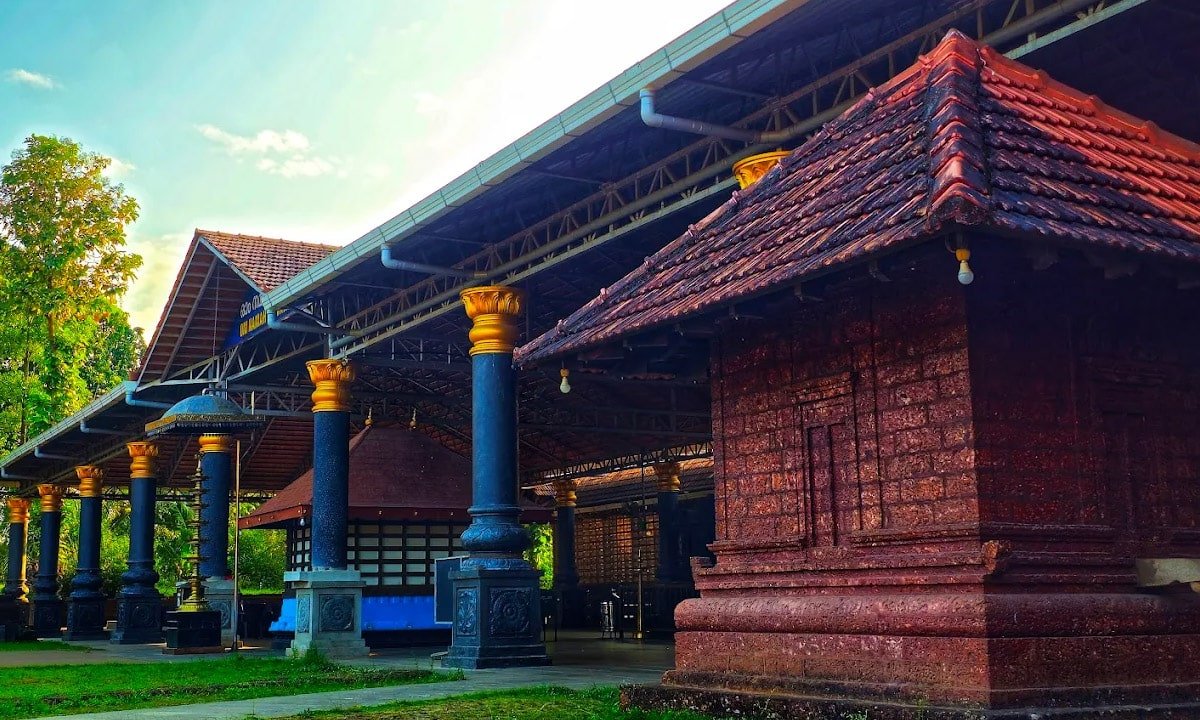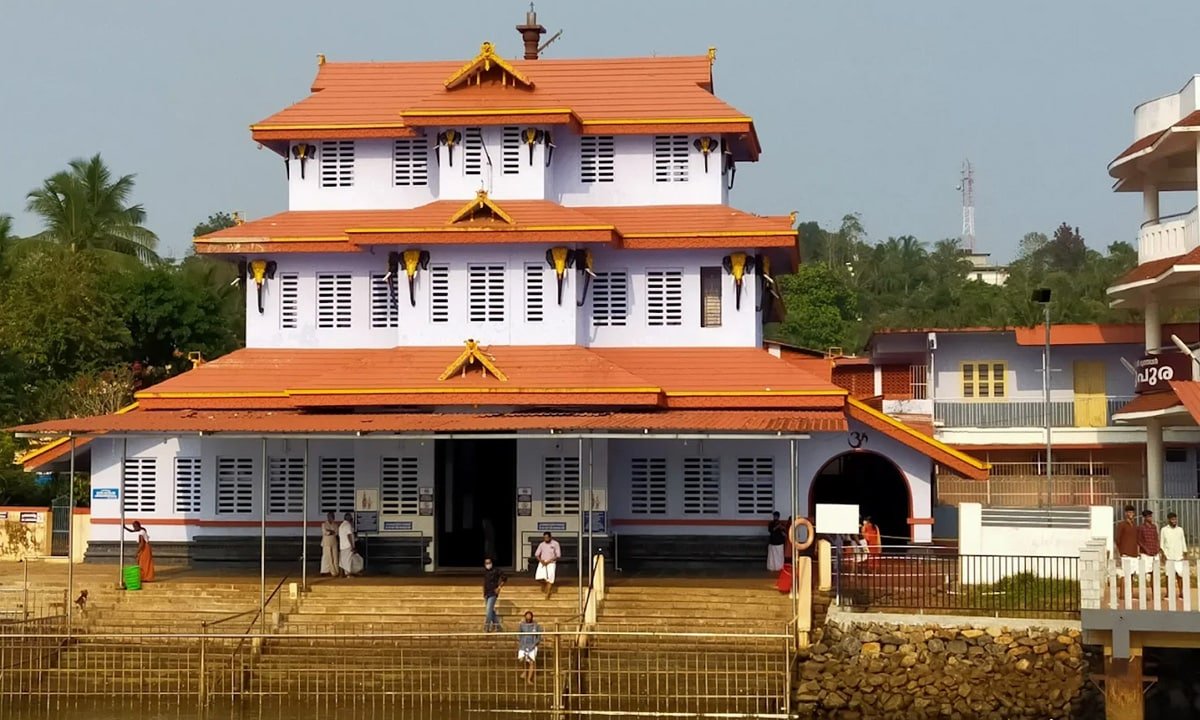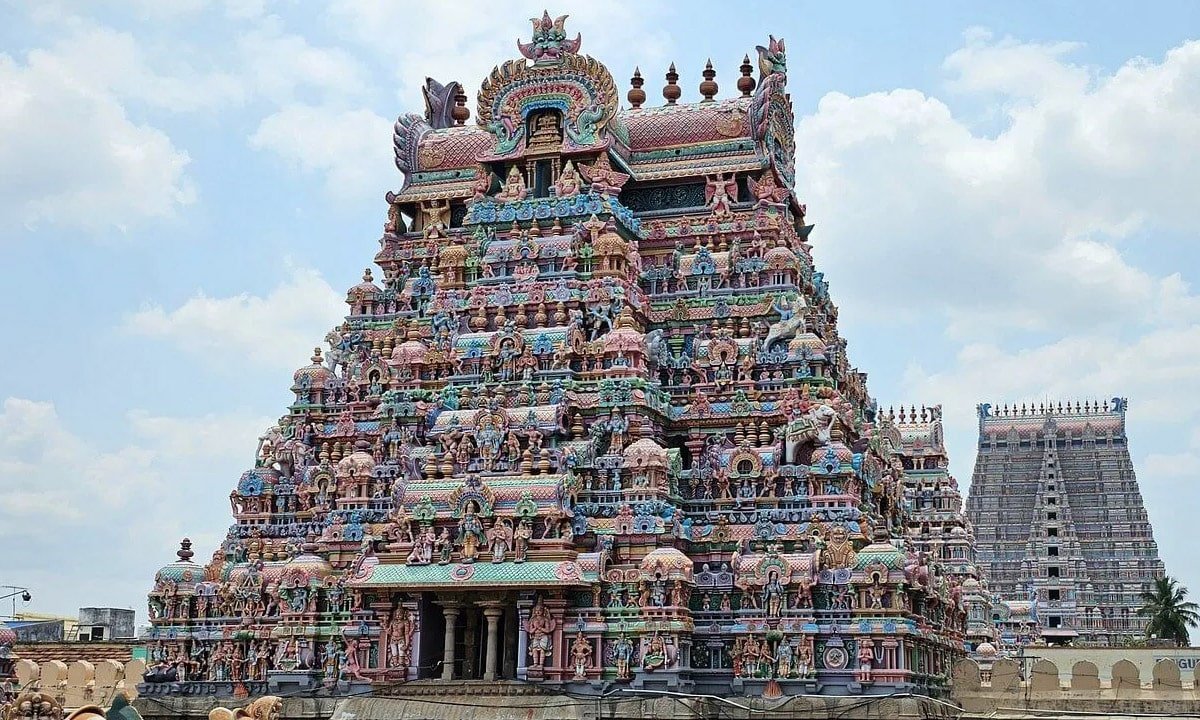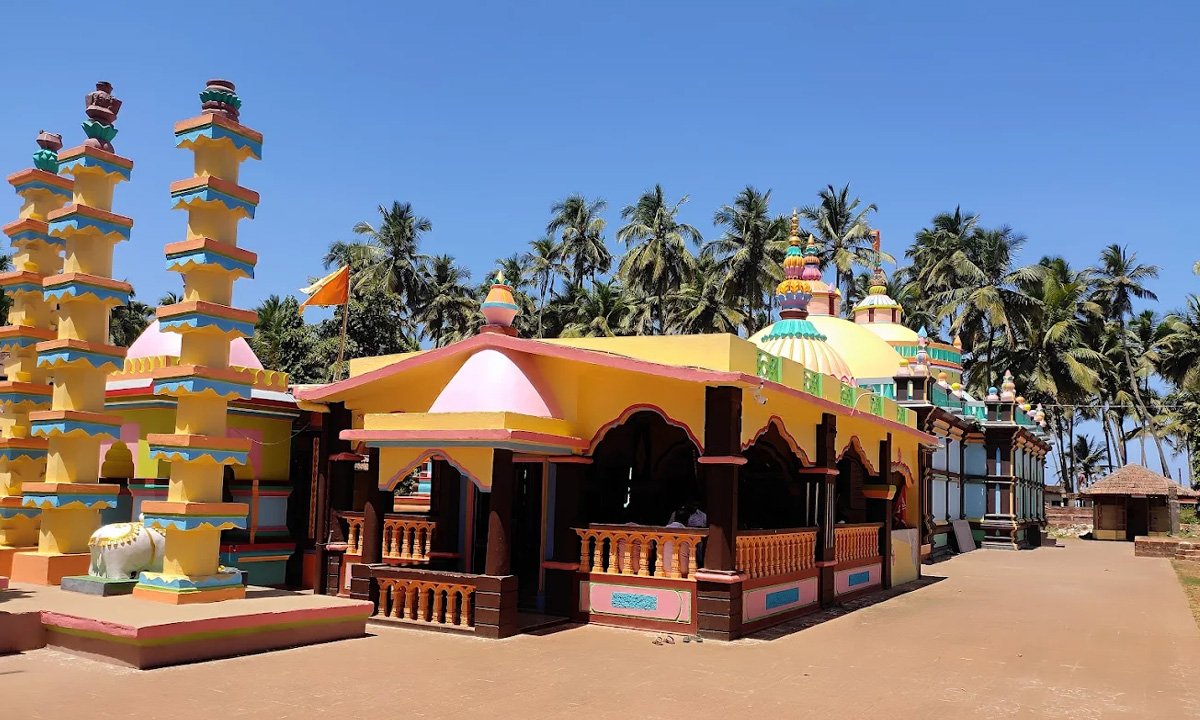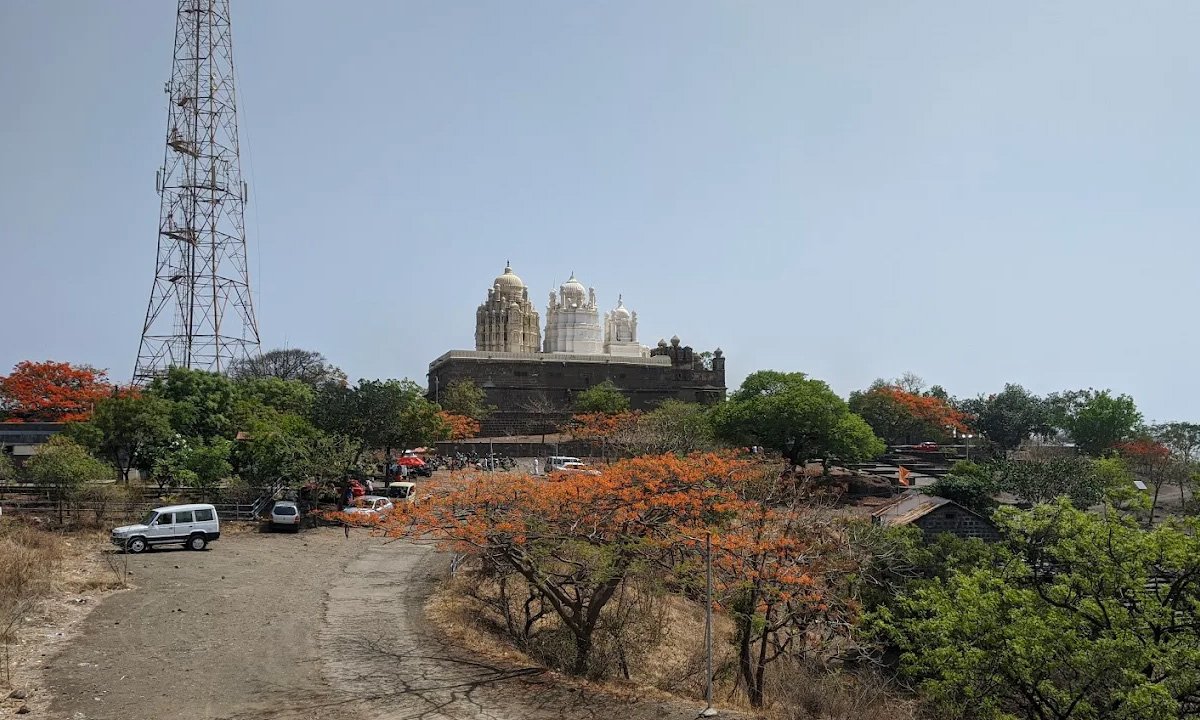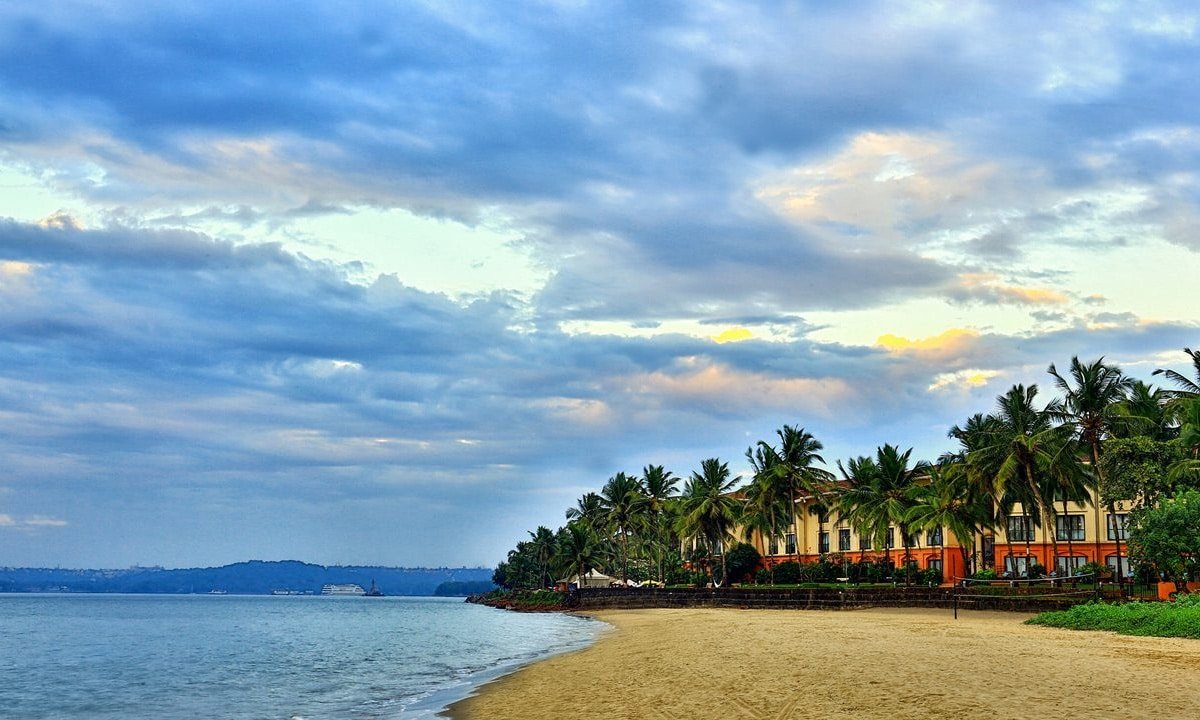Anantha Padmanabha Swamy Temple Kerala deity was the Anantha Padmanabha Swamy in Thiruvananthapuram, Kerala, India. He is a form of Lord Vishnu, depicted in a reclining posture on the serpent Anantha (Adi Sesha). The temple morning timings are 05:30 am to 12:30 pm, and the evening timings are 05:30 pm to 07:30 pm.
The name “Anantha Padmanabha” is derived from Sanskrit words. “Anantha” means infinite or eternal, symbolizing the timeless nature of Lord Vishnu. “Padmanabha” means lotus and navel. It refers to the lotus that grows from Lord Vishnu’s navel, from which Lord Brahma had said to have originated.
History of Anantha Padmanabha Swamy Temple Kerala:
Contents
- 1 History of Anantha Padmanabha Swamy Temple Kerala:
- 1.0.1 Temple Architecture:
- 1.0.2 Anantha Padmanabha Swamy Temple Timings:
- 1.0.3 Best time to visit Temple:
- 1.0.4 Padmanabha Swamy Temple Entry Fee:
- 1.0.5 Deities at the Temple:
- 1.0.6 Anantha Padmanabha Swamy Temple Special Darshan Timings:
- 1.0.7 Tickets Cost:
- 1.0.8 Anantha Padmanabha Swamy Temple Seva Timings:
- 1.0.9 Festivals at the Temple:
- 1.0.10 Facilities at Anantha Padmanabha Swamy Temple:
- 1.0.11 Dress Code:
- 1.0.12 Tourist places near Anantha Padmanabha Swamy Temple:
- 1.0.13 Hotels near Temple:
- 1.0.14 Anantha Padmanabha Swamy Temple Address:
- 1.0.15 How to reach the Temple:
- 1.0.16 FAQs:
- 1.1 Is there any restriction on the age or gender of devotees visiting the temple?
- 1.2 Can I offer donations or contributions to the temple?
- 1.3 Who is the owner of Padmanabha temple now?
- 1.4 Can non-Hindus visit the Anantha Padmanabha Swamy Temple?
- 1.5 What is the famous Padmanabhaswamy Temple?
- 1.6 In which state is Padmanabha Swamy?
- 1.7 How many years old is Padmanabhaswamy Temple?

The Anantha Padmanabha Swamy Temple is associated with a captivating legend that adds to its spiritual significance. According to mythology, the idol of Lord Padmanabha was installed by Lord Brahma himself.
The story goes on about a sage named Divakara Muni who performed intense penance to seek the grace of Lord Vishnu. Pleased with the sage’s devotion, Lord Vishnu appeared before him as an old Brahmin. The sage requested the Lord to stay with him forever as an idol so that he could continue to worship him. Lord Vishnu granted his wish and instructed the sage to seek the help of the famous architect and divine sculptor, Viswakarma.
Viswakarma agreed to sculpt the idol but laid down certain conditions. He demanded complete privacy and that no one should disturb him until the idol had completed. However, the sage’s wife became curious and unable to contain her excitement. She entered the sanctum prematurely, thus violating the condition.
Upon discovering the interruption, Viswakarma left the idol unfinished without a head. Despite this, the sage placed the incomplete idol in the sanctum and continued to worship it. Despite lacking a head, the idol was believed to emanate immense divine energy.
Centuries later, a king named Anizham Thirunal Marthanda Varma, who ruled the region, had a vision of Lord Padmanabha instructing him to retrieve the idol from the depths of an ancient forest and build a grand temple for it. The king followed the divine directive and built the Anantha Padmanabha Swamy Temple, housing the sacred idol.
To this day, the idol of Lord Padmanabha in the temple remains without a head and is covered with a golden hood. It was believed that only those who had attained spiritual purity and enlightenment could witness the head of Lord Padmanabha.
Temple Architecture:
The temple’s architecture was designed as a fusion of the Kerala style and the Dravidian (Kovil) style, found in many nearby temples. One major characteristic of this type of architectural design is high walls. The Padmanabha temple houses a sanctum or the garbagriha on a stone slab. The deity of the temple is an 18-foot-long idol.
Anantha Padmanabha Swamy Temple Timings:
The temple morning timings are 05:30 am to 12:30 pm, and the evening timings are 05:30 pm to 07:30 pm.
| Days | Morning Timings | Evening Timings |
| Monday | 05:30 am to 12:30 pm | 05:30 pm to 07:30 pm |
| Tuesday | 05:30 am to 12:30 pm | 05:30 pm to 07:30 pm |
| Wednesday | 05:30 am to 12:30 pm | 05:30 pm to 07:30 pm |
| Thursday | 05:30 am to 12:30 pm | 05:30 pm to 07:30 pm |
| Friday | 05:30 am to 12:30 pm | 05:30 pm to 07:30 pm |
| Saturday | 05:30 am to 12:30 pm | 05:30 pm to 07:30 pm |
| Sunday | 05:30 am to 12:30 pm | 05:30 pm to 07:30 pm |
Best time to visit Temple:
The best time to visit Padmanabha Swamy Temple is from November to February for pleasant weather, avoid peak tourist season and visit on weekdays for a quieter experience.
Padmanabha Swamy Temple Entry Fee:
The Padmanabha Swamy Temple in Thiruvananthapuram, Kerala, does not charge an entry fee for devotees. They charge Rs. 150 for Special Darshan.
Deities at the Temple:
The main deity is near other deities, such as
- Sri Goshale Krishna
- Mahaganapati
- Sri Mahishamardhini
Anantha Padmanabha Swamy Temple Special Darshan Timings:
Special Darshan timings are here
| S.No | Darshan Timings |
| 1 | 03:30 am to 04:45 am |
| 2 | 06:30 am to 07:00 am |
| 3 | 10:30 am to 11:10 am |
| 4 | 11:45 am to 12:00 pm |
| 5 | 06:45 pm to 07:20 pm |
Tickets Cost:
The temple sevas tickets costs are here
| Sl. No. | Seva Details | Ticket Costs |
| 01. | Kartika Pooja | Rs.30 |
| 02. | Special Kartika Pooja | Rs.80 |
| 03. | Kartika Pooja with Deepalankara | Rs.300 |
| 04. | Panchakajjaya | Rs.15 |
| 05. | Kumkumarchane | Rs.10 |
| 06. | Swayamvara Pushpanjali | Rs.50 |
| 07. | Pushpanjali | Rs.10 |
| 08. | Karpoorarati | Rs.5 |
| 09. | Balivadu | Rs.40 |
| 10. | Milk Payasam | Rs.50 |
| 11. | Jaggery Payasam | Rs.50 |
| 12. | Trimadhura | Rs.25 |
| 13. | Ksheerabhisheka | Rs.10 |
| 14. | Pushpahara | Rs.10 |
| 15. | Special Prarthane | Rs.20 |
| 16. | Kalasha Japa | Rs.10 |
| 17. | Sahasra Namarchane | Rs.40 |
| 18. | Astottara Archane | Rs.15 |
| 19. | Panchamrutha | Rs.50 |
| 20. | Ganapati Havanam | Rs.300 |
| 21. | Pavamana Sookta Abhisheka | Rs.200 |
| 22. | Durga Namaskara Pooja | Rs.175 |
| 23. | Tailabhisheka | Rs.50 |
| 24. | Annaprashana | Rs.25 |
| 25. | Vidyarambha | Rs.50 |
| 26. | Shani Japa | Rs.15 |
| 27. | Shasthara Pooja | Rs.50 |
| 28. | Tambila | Rs.100 |
| 29. | 1 Day Nanda Deepa (Oil) | Rs.50 |
| 30. | 1 Month Nanda Deepa (Oil) | Rs.900 |
| 31. | Day Nanda Deepa (Ghee) | Rs.100 |
| 32. | 1 Month Nanda Deepa (Ghee) | Rs.1600 |
| 33. | Purusha Sookta Abhisheka | Rs.20 |
| 34. | Sarvaseve | Rs.300 |
| 35. | Shashwata Pooja | Rs.1000 |
| 36. | Naivedyam to Crocodile | Rs.40 |
| 37. | Pournami Bhajane | Rs.10 |
| 38. | Sathyanarayana Pooja | Rs.200 |
| 39. | Shree Tulabhara | Rs.101 |
| 40. | Tambila (with Kind) | Rs.50 |
| 41. | Vivaha (Marriage) | Rs.1000 |
| 42. | Brahmopadesham (Upanayanam) | Rs.1000 |
| 43. | Balivadu (1 Kg White Rice, 1 Coconut) | Rs.15 |
| 44. | 1 Day Pooja | Rs.400 |
| 45. | One Time Pooja | Rs.250 |
Anantha Padmanabha Swamy Temple Seva Timings:
The temple seva timings are here
| Sessions | Seva Timings |
| Morning Puja | 07:30 am |
| Noon Seva | 12:30 pm |
| Night Puja | 07:30 pm |
Festivals at the Temple:
Thiruvonam:
The temple joyously celebrates the festival of Thiruvonam, the birthday of Shree Padmanabhaswamy. Traditional customs were carried out by our ancestors several generations ago.
Thulam and Meenam:
The temple celebrates bi-annual festivals such as Thulam and Meenam and a ten-day festival celebrating the deity Shree Padmanabhaswamy. Conventionally, the ritual had elephants carrying the idols, but it stopped after an elephant ran and caused great fright and distress to the locals.
Lakshadeepam:
Lakshadeepam, a festival of a thousand lamps, is celebrated by decorating the temple with several lamps. The sight of the temple during this festival is truly mesmerizing.
Facilities at Anantha Padmanabha Swamy Temple:
- Every day, Free lunch (Prasada Bhojanam) is provided to devotes & they also have the opportunity to offer the Balivadu for Rs 30/-
- The temple hosts a Kalyana Mantapa, built in 1991 with a seating capacity of 300. It is equipped with a generator and a large kitchen which can cater to the needs of 3000 people.
Dress Code:
- Women must wear sarees, Mundum Neriyathum (set-mundu), a skirt and blouse, or a half-saree.
- Young girls below the age of 12 may wear gowns.
- Men are similarly required to wear mundu or dhoti and bare their torso.
- Dhotis are easily available for rent at the entrance.
- These rules had recently been relaxed to avoid inconveniences to the devotees.
Tourist places near Anantha Padmanabha Swamy Temple:
- Shri Ashtalakshmi Temple
- Arulmigu Marundeeswarar Temple
- Aluva Shiva Temple
- Santhome Cathedral Basilica
- Kanichukulangara Devi Temple
- Arupadai Veedu Murugan Temple
- Sri Rajarajeswara Temple
- Madhya Kailash Temple
- Guindy National Park
- Bekal
- Semmozhi Poonga
- Guruvayur Temple
- Sabarimala Temple
Hotels near Temple:
- Hotel Saj Luciya
- Ekana Homes
- Sri Udupi Hotel
- Hotel Rajadhani
- Aiswarya Inn
- Hotel Samrat
- Ayswariya Hotel
- Hotel Fort View
- Chirag Inn
Anantha Padmanabha Swamy Temple Address:
West Nada, East Fort, Thiruvananthapuram, Kerala, India.
How to reach the Temple:
By Road:
The East Fort Bus Stand is nearest to the Anantha Padmanabha Swamy Temple in Thiruvananthapuram, Kerala.
By Rail:
Thiruvananthapuram Central Railway Station is the closest major railway station to the temple.
By Air:
Thiruvananthapuram International Airport, also known as Trivandrum Airport, is the nearest airport to the temple.
FAQs:
Is there any restriction on the age or gender of devotees visiting the temple?
The Anantha Padmanabha Swamy Temple has no specific restrictions based on age or gender. Devotees of all ages and genders are generally allowed to visit the temple.
Can I offer donations or contributions to the temple?
You can offer donations or contributions to the Anantha Padmanabha Swamy Temple. The temple authorities accept voluntary donations from devotees for the maintenance and development of the temple.
Who is the owner of Padmanabha temple now?
The Supreme Court’s decision in the Travancore royal family’s favor has given them custody of the temple, making them the rightful owner of the Sri Padmanabhaswamy Temple.
Can non-Hindus visit the Anantha Padmanabha Swamy Temple?
Yes, non-Hindus are allowed to visit the Anantha Padmanabha Swamy Temple. The Padmanabha temple is open to devotees of all faiths and backgrounds who wish to visit and seek blessings.
What is the famous Padmanabhaswamy Temple?
Across the world, the Sree Padmanabhaswamy Temple is renowned for its beauty and grandeur. Dedicated to Lord Vishnu, it is one of India’s 108 sacred Vishnu temples or ‘Divya Deshams’. The great King of Travancore, Marthanda Varma, is said to have done the renovation work we see today.
In which state is Padmanabha Swamy?
Padmanabhaswamy Temple is a Hindu temple in Thiruvananthapuram, the capital of Kerala, India.
How many years old is Padmanabhaswamy Temple?
Historians say the Shree Padmanabhaswamy Temple dates back to the 8th century CE.


